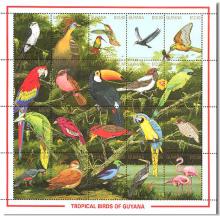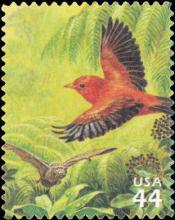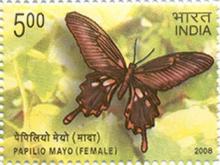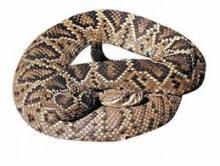A review of the direct and indirect effects of neonicotinoids and fipronil on vertebrate wildlife
Concerns over the role of pesticides affecting vertebrate wildlife populations have recently focussed on systemic products which exert broad-spectrum toxicity. Given that the neonicotinoids have become the fastest-growing class of insecticides globally, we review here 150 studies of their direct (toxic) and indirect (e.g. food chain) effects on vertebrate wildlife—mammals, birds, fish, amphibians and reptiles. We focus on two neonicotinoids, imidacloprid and clothianidin, and a third insecticide, fipronil, which also acts in the same systemic manner. Imidacloprid and fipronil were found to be toxic to many birds and most fish, respectively. All three insecticides exert sub-lethal effects, ranging from genotoxic and cytotoxic effects, and impaired immune function, to reduced growth and reproductive success, often at concentrations well below those associated with mortality. Use of imidacloprid and clothianidin as seed treatments on some crops poses risks to small birds, and ingestion of even a few treated seeds could cause mortality or reproductive impairment to sensitive bird species. In contrast, environmental concentrations of imidacloprid and clothianidin appear to be at levels below those which will cause mortality to freshwater vertebrates, although sub-lethal effects may occur. Some recorded environmental concentrations of fipronil, however, may be sufficiently high to harm fish. Indirect effects are rarely considered in risk assessment processes and there is a paucity of data, despite the potential to exert population-level effects. Our research revealed two field case studies of indirect effects. In one, reductions in invertebrate prey from both
imidacloprid and fipronil uses led to impaired growth in a fish species, and in another, reductions in populations in two lizard species were linked to effects of fipronil on termite prey. Evidence presented here suggests that the systemic insecticides, neonicotinoids and fipronil, are capable of exerting direct and indirect effects on terrestrial and aquatic vertebrate wildlife, thus warranting further review of their environmental safety.










